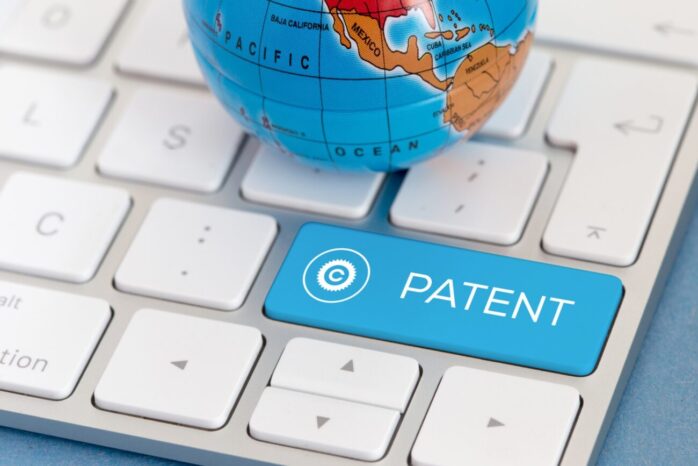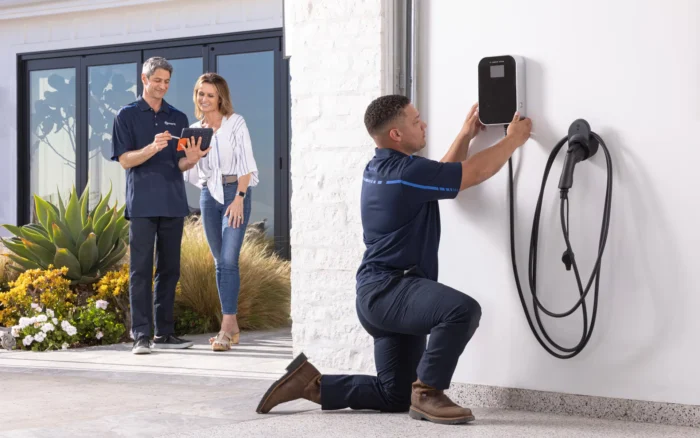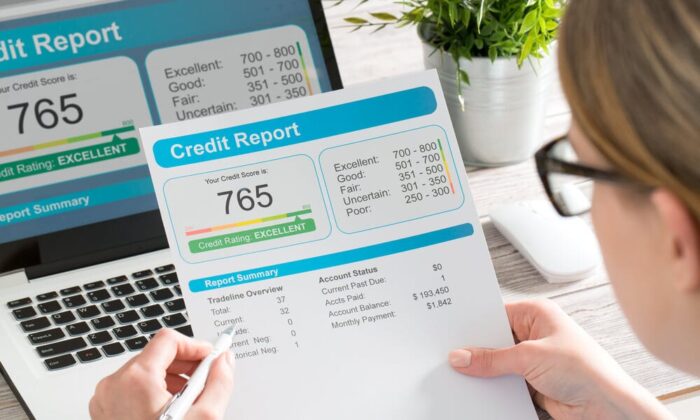As a homeowner, have you ever wanted to save money and still get quality plumbing services? You’re not alone. Unfortunately, many of us make costly mistakes when it comes to plumbing repairs. In this blog, we’ll reveal the top plumbing mistakes homeowners make and provide tips on how to avoid them. Start saving money today with these essential tips!
Leaky Faucets

Leaky faucets are one of the most common plumbing problems experienced by homeowners. The constant dripping of a faucet can not only be incredibly annoying, but Keyrenter Management in Richmond warns it can also cost a lot of money in wasted water.
This problem can happen when the washer or O-ring in the valve wears out and no longer seals tightly against the valve seat when the handle is closed. Over time, this internal seal wears away, allowing water to slowly seep through even when the handle is turned off. To fix this problem, you will need to replace your faulty washer or O-ring with one that fits correctly and securely. It’s important to make sure you get an exact match for your specific model as different models require different parts. You can also hire professional maintenance at misterplumber.ca to save yourself the trouble.
It’s also important to make sure you turn off your water supply before attempting any repairs on any type of plumbing fixture, especially those near wet locations such as baths and showers. Once you have identified and purchased the correct replacement parts for your model, you can either replace them yourself by following online tutorials or enlisting the help of a professional plumber who has experience with repairs like these.
Clogged Drains

Clogged drains are a common plumbing problem for many homeowners. Generally, if a sink or shower does not drain quickly, it is because something is blocking the flow in the pipes. The most common causes of clogged drains are hair, cooking grease and food waste, soapy residue from soap scum, and items such as toys, jewelry, and plastic items that are accidentally sent down the drain.
To prevent these clogs from happening it’s important to practice proper maintenance of your drains. You can do this by using strainers or screens on each drain; installing protective plastic barriers that fit over shower drains; using only biodegradable soaps where possible; and running hot water down your kitchen and bathroom sinks regularly to flush away any remaining food scraps or oils. It’s also important to make sure your garbage disposal is in good condition at all times.
Poorly Installed Toilets

Toilets are essential components of any bathroom, and ensuring that the toilet is installed correctly is key to preventing water damage and other plumbing issues in your home. Poorly installed toilets can waste water, leak, and cause ground subsidence or flooding caused by septic systems not functioning properly.
Here are some common toilet installation mistakes that you should look for when installing a new toilet:
- Failing to level the toilet before bolting it down; all four feet of the toilet must be firmly supported on a level surface, or else the tank will not be able to seal properly and it may overfill or leak.
- Improperly fitting wax rings; wax rings provide a watertight seal between the bottom of the toilet and the drainage pipe. The right wax ring size must create an adequate seal without being too thick – if it’s too thick, water won’t flow away properly causing leaks.
- Not tightening enough bolts; if one of these bolts should happen to come loose due to lack of tension it will cause wobbly movement of the toilet which can lead to leaks over time. Make sure all bolts are tightly secured during installation!
- Using the wrong type of bolt washers; flat gum washers should always be used when connecting two pieces together for increased efficiency with bowl hardware. Using rubber or fiber washers could cause leaks down the line as they don’t always provide a tight enough fit against one another.
Improperly Installed Pipes

Pipes are an essential part of your home’s plumbing system and should be treated with a great deal of care. When installing pipes, the right measurements must be taken and the pipe must be put together properly to ensure that it is leak-proof.
Connecting the pipes can sometimes require specialized tools which many homeowners do not have, so be sure to hire a professional if you need help with this task. Additionally, using the wrong type of pipes can lead to problems as some types aren’t compatible with certain fixtures or connections. It is essential that you use the right type of pipe for your needs as otherwise, it can lead to rusting or corrosion.
When connecting pipes, make sure to double-check for leaks and cracks before completing the job; this is something that a professional plumber will do before declaring a job complete. Make sure not to use too much adhesive – this can backfire by weakening the joints between pipes and causing them to leak later on down the road. Finally, remember that no matter how tight you think your joint is between two pieces of pipe, add extra support just in case!
Poorly Maintained Water Heaters

Water heaters are an essential part of the modern home, responsible for providing a reliable hot water supply. To maintain their reliable performance, they must be properly cared for. Unfortunately, many homeowners ignore their water heaters until there is a problem, leading to potential damage or a more costly repair in the future.
To ensure your water heater is functioning properly, follow recommended maintenance best practices. First and foremost, test the temperature and pressure relief valve at least once a year to make sure it’s still functioning correctly. Check for humidity along the pipes or surrounding areas which may indicate leaking. Lastly, ensure routine flushing and descaling take place as necessary to prevent mineral buildup from forming inside the tank.
Conclusion
In conclusion, plumbing problems can cause a lot of stress and add unneeded costs to homeowners. Everyone should take the necessary precautions to ensure their plumbing systems are running at peak performance. Keeping an eye out for potential issues and investing in regular maintenance will go a long way in avoiding potentially costly mistakes. Taking the time to address small issues immediately can save you time and money down the line, so don’t be afraid to call a plumber if you have any problems or questions.




















































